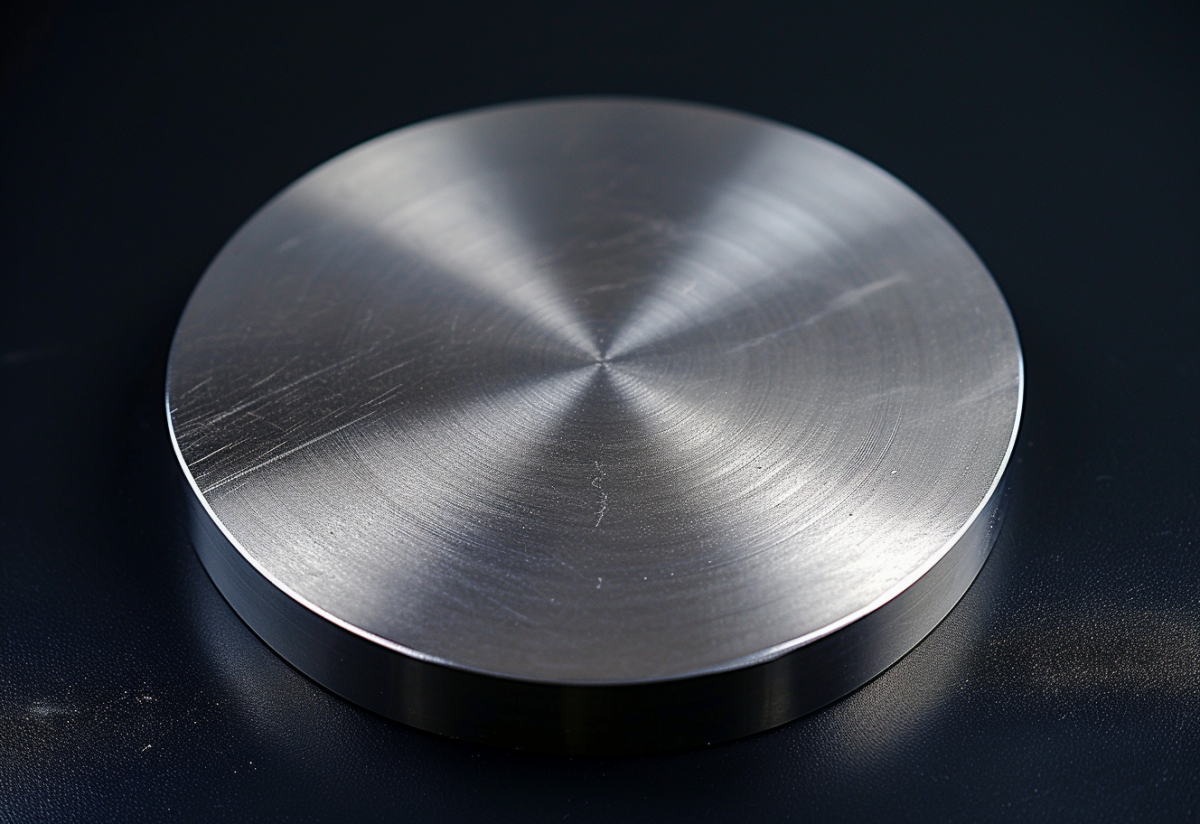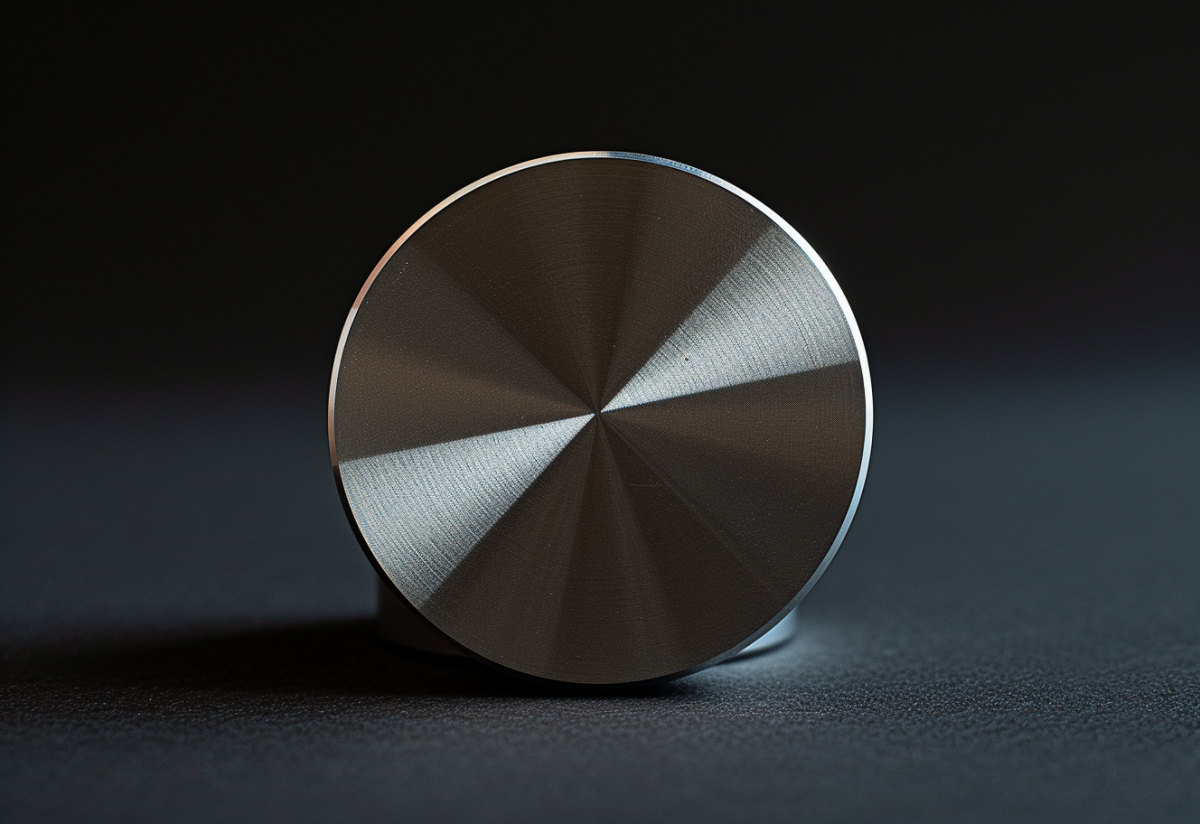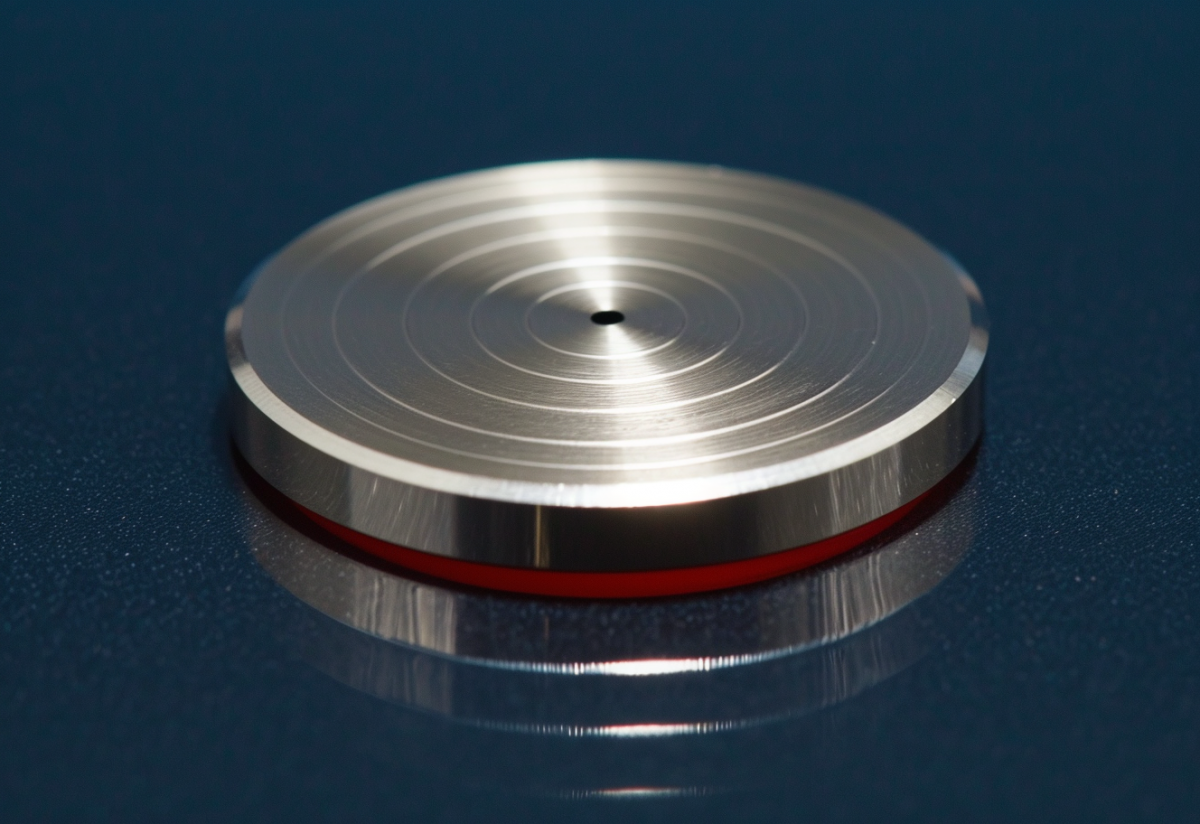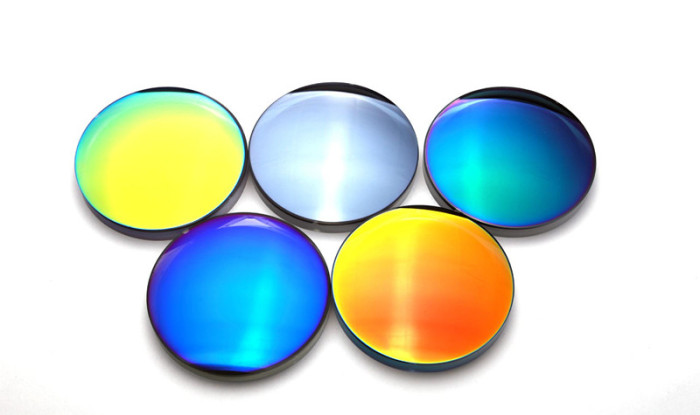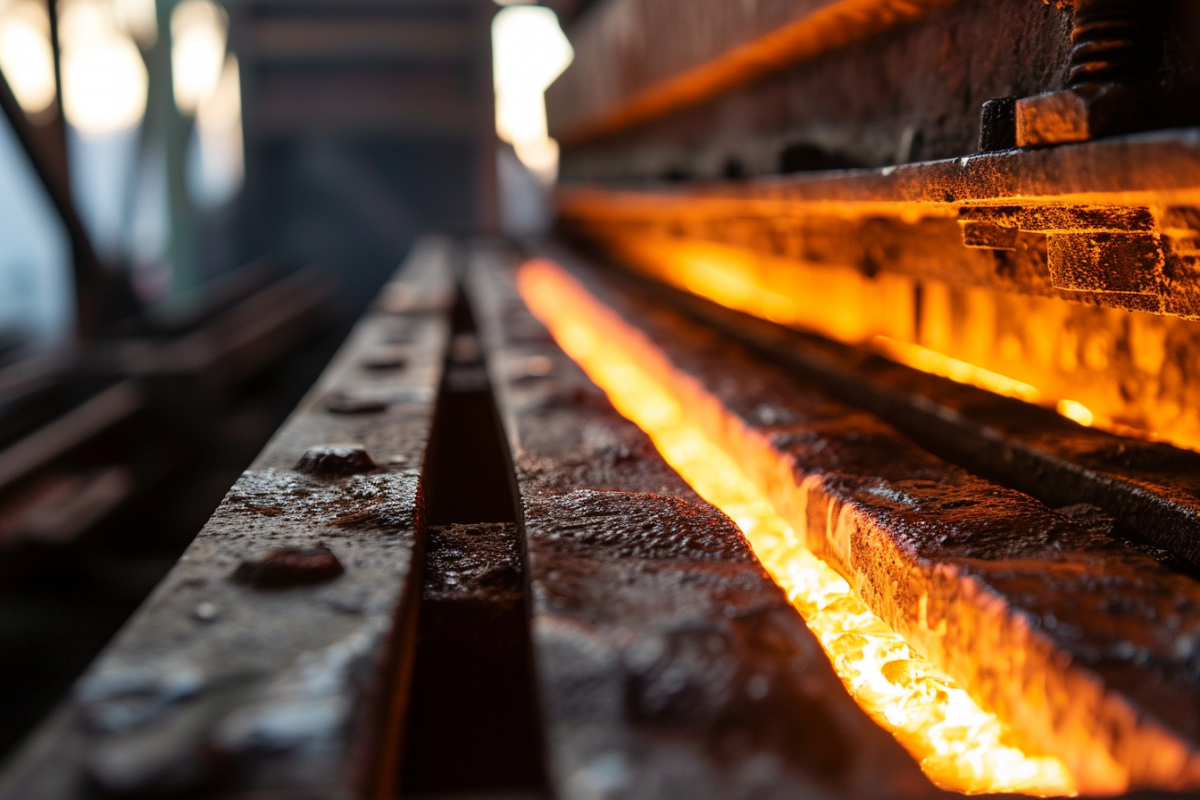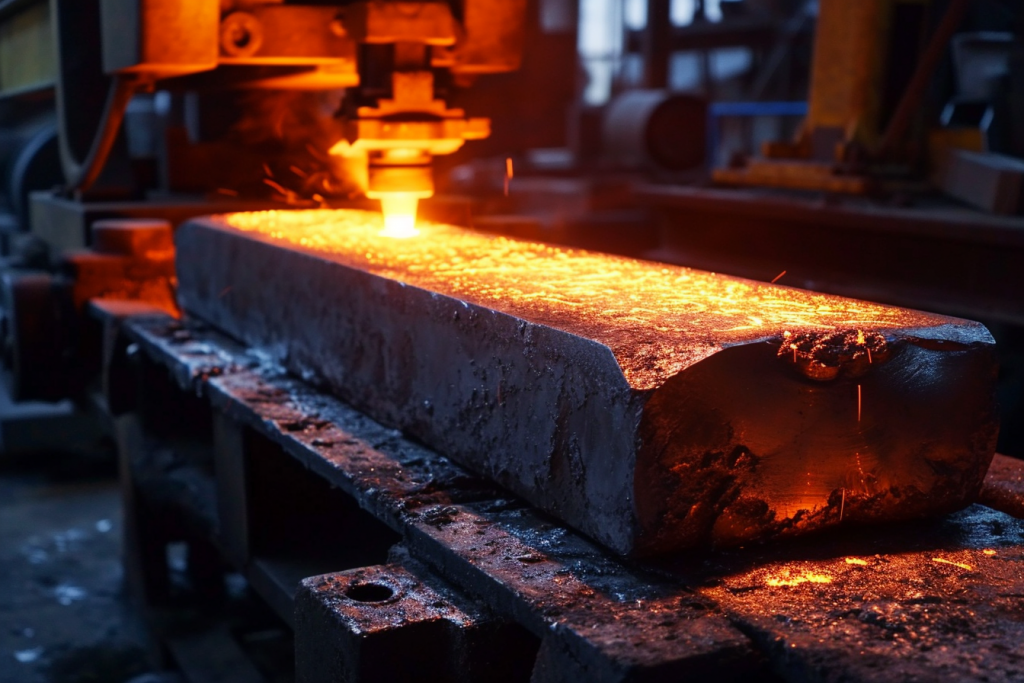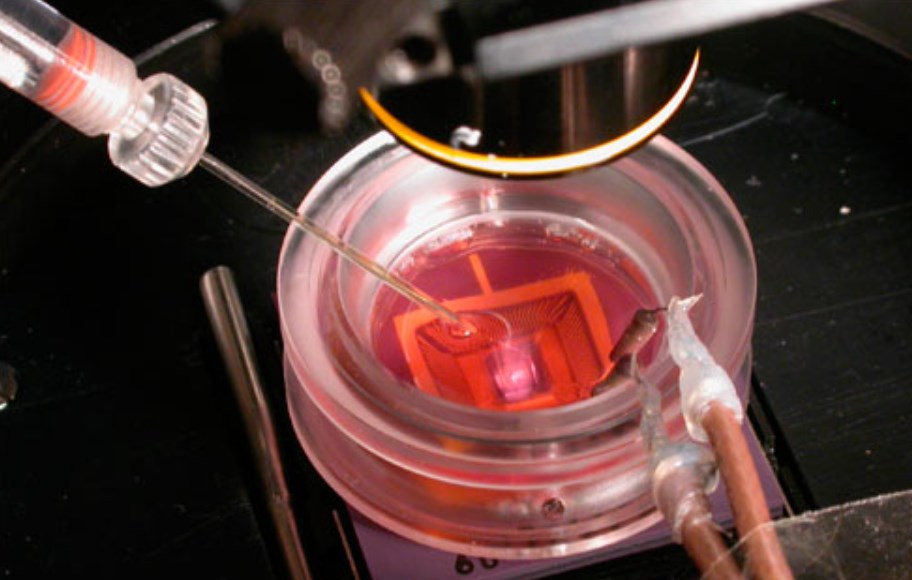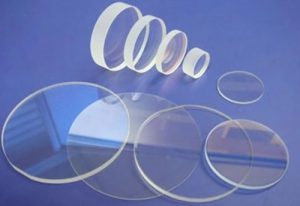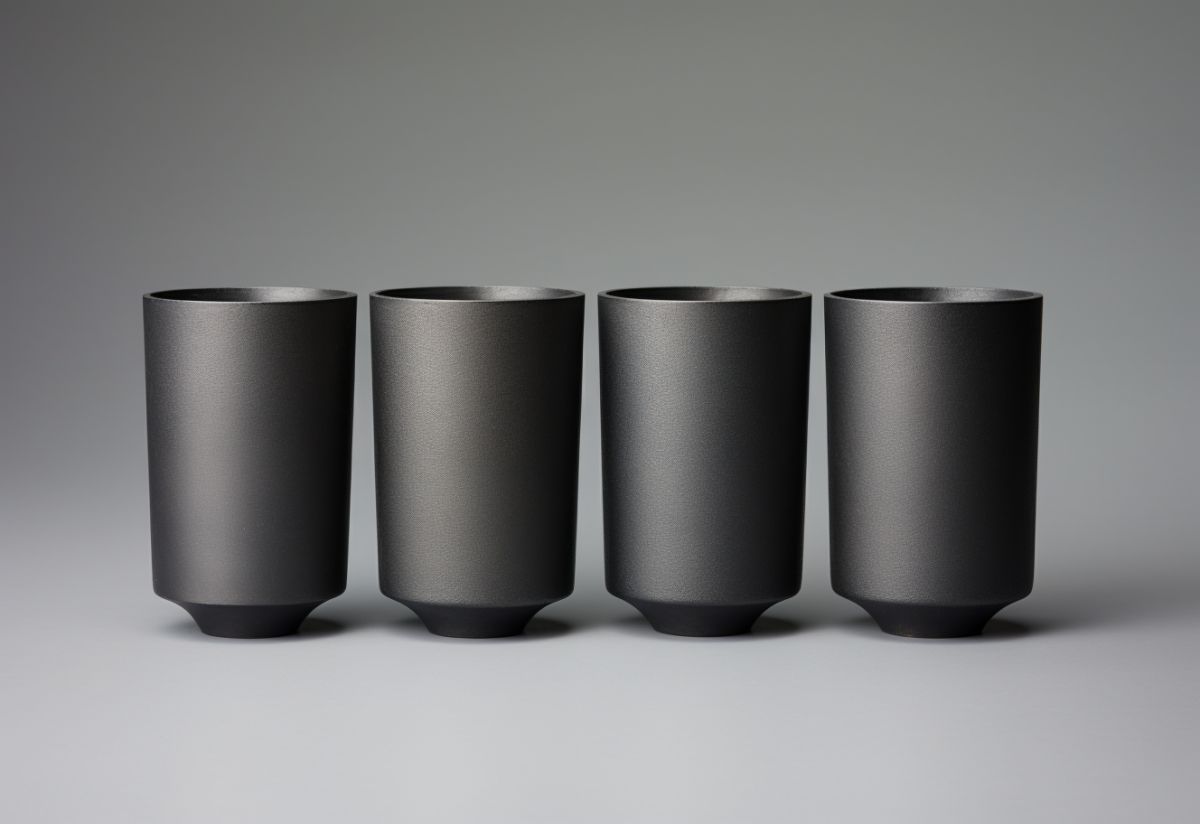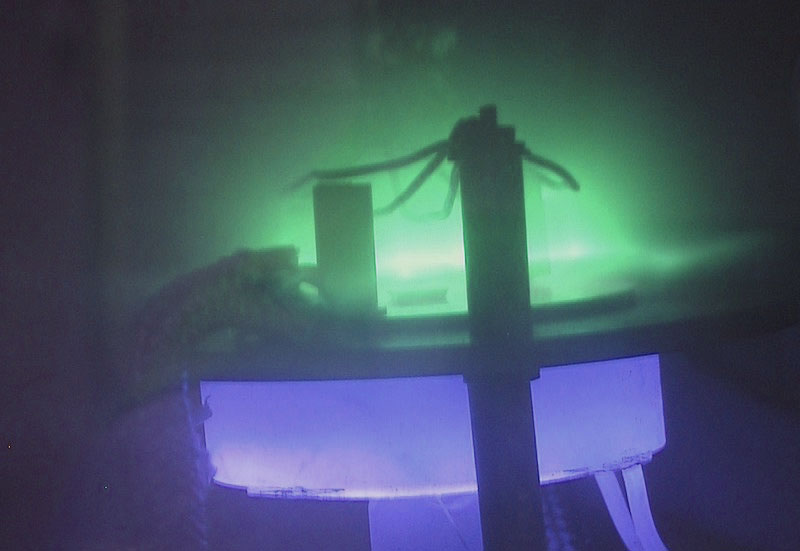In the domain of advanced materials science, particularly in the fabrication of thin films, the unique properties of germanium sputtering targets are of paramount importance. These targets, integral to the sputtering process used in the production of semiconductor and optical devices, leverage the distinct characteristics of germanium to achieve superior performance. This article delves into the properties of germanium sputter targets, highlighting the attributes that make them essential for cutting-edge technological applications.
Semiconducting Properties of Germanium Sputter Targets
A key property that stands out is the semiconducting nature of germanium sputter targets. Germanium, with its favorable band gap, provides excellent electron mobility, which is crucial for the efficient operation of semiconductor devices. This semiconducting property is instrumental in the precise control over the electrical conductivity of thin films, a critical aspect in the manufacturing of electronic components.
Optical Qualities of Germanium Sputter Targets
The optical properties of germanium sputter targets also contribute significantly to their utility. The high refractive index and low optical dispersion of germanium make it an ideal material for infrared applications, allowing for the production of thin films that efficiently transmit infrared light. These properties are particularly beneficial for the development of infrared optics, thermal imaging systems, and other devices relying on superior optical performance.
Purity and Uniformity Achieved with Germanium Sputter Targets
The ability to achieve high levels of purity and uniformity is another hallmark of the properties of germanium sputter targets. In the sputtering process, the quality of the deposited film is heavily dependent on the purity of the target material. Germanium targets can be produced with minimal impurities, ensuring that the resulting films are of the highest quality. Uniformity in film thickness and composition is equally critical, affecting the performance and reliability of the finished product.
Thermal and Mechanical Stability of Germanium Sputter Targets
Germanium sputter targets are renowned for their thermal and mechanical stability. These properties are crucial for maintaining the integrity of the target material under the high-energy conditions of the sputtering process. The robust nature of germanium ensures that sputter targets can withstand the rigors of prolonged use, contributing to consistent film quality and extending the lifespan of the targets.
The Impact of Germanium Sputter Target Properties on Technology
The unique properties of germanium sputter targets—ranging from their semiconducting and optical characteristics to their exceptional purity, uniformity, and stability—make them invaluable in the realm of material science and thin-film technology. These properties enable the production of high-quality films that are integral to the performance of semiconductors, optical devices, and a host of other technological applications. The ability to tailor the electrical and optical properties of thin films through the precise use of germanium sputter targets opens up new possibilities for innovation across various fields.
Further Reading: Everything You Need to Know About Germanium Sputter Target
Conclusion
The properties of germanium sputter targets are critical to the success of numerous advanced technological applications. By harnessing the unique semiconducting, optical, purity, uniformity, and stability properties of germanium, scientists and engineers can push the boundaries of thin-film technology, paving the way for the next generation of electronic and optical devices. As technology continues to advance, the role of germanium sputter targets and their distinctive properties will undoubtedly grow, highlighting their importance in the ongoing evolution of materials science.

